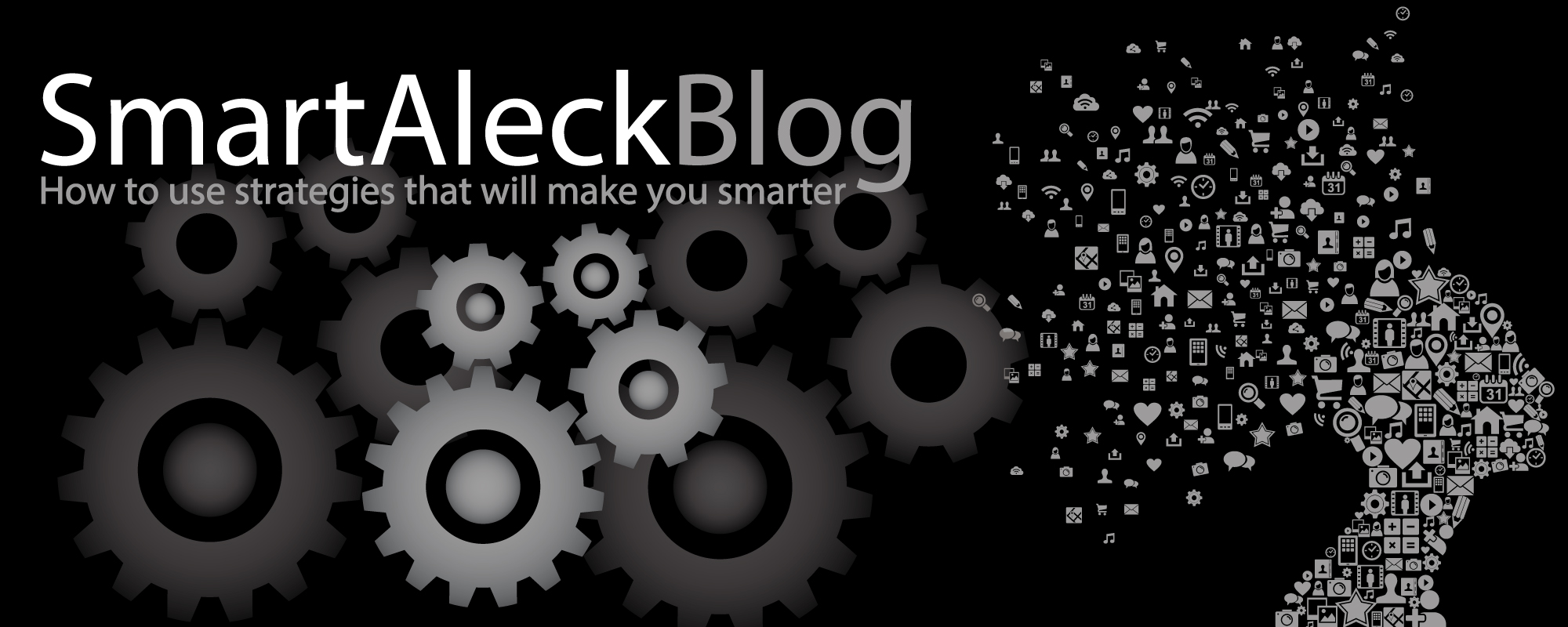Learning Strategies help us perform at higher levels. Learning strategies or strategies are efficient procedures that people use to complete a task. We need strategies because we have a limited amount of thinking resources. Strategies allow us to do more with our limited mental resources. It is convenient to distinguish between three types of strategies: generic, domain specific and higher order.

Did you know there are three types of learning strategies?
- Goal setting is a generic strategy because one can use goal setting in a variety of domains. A domain is a specified sphere of activity or knowledge. Another generic strategy is rehearsal that is the recycling of information in short term memory. We perform rehearsal when we are trying to retain a phone number just long enough to dial the number.
- The second type of strategy is domain specific. Using a cooking recipe for beef stew is a domain specific strategy because a cooking recipe has little use outside a kitchen. Applying a depreciation formula to a rental property is also a domain specific strategy because it has limited value outside of accounting practices. Likewise, computer-programming procedures have little use outside computer languages.
- Metacognitive strategies are the third type of strategy. People engage in these strategies to adapt to and manage strategies while thinking. Metacognition refers to thinking about one’s thinking. It concerns two types of knowledge: facts and steps to perform a task, in other words procedural knowledge. Metacognition helps us monitor and control our strategies. One example of metacognition occurs when a person uses multiple comprehension strategies while reading because they know they will comprehend more efficiently.
Do you want to become a good learning strategy user?
Good strategy users have a broad repertoire of strategies. They use such strategies in an automatic manner with little conscious effort. Moreover, they perform all types of strategies in this manner. Being an automated strategy user is best because it allows you to allocate your limited thinking resources to constructing meaning and overseeing your learning processes. Which type of strategy user are you? For more information on strategies, download your free primer on learning strategies.


 significantly influence employee learning and innovation. Specifically they found that job control and job demand had a positive relationship with learning strategies and idea generation. In this context job control pertains to one’s ability to plan their own work and job demand concerns the difficulty or challenge of one’s work.
significantly influence employee learning and innovation. Specifically they found that job control and job demand had a positive relationship with learning strategies and idea generation. In this context job control pertains to one’s ability to plan their own work and job demand concerns the difficulty or challenge of one’s work. motivate and build confidence. In conjunction with charting one’s progress and other goal management techniques goal-setting behaviors lead to higher weight loss. As people learn to set their own individual health and fitness-related goals they improve their decision-making for instance regarding meal choices, and this leads to person’s health-enhancing behaviors.
motivate and build confidence. In conjunction with charting one’s progress and other goal management techniques goal-setting behaviors lead to higher weight loss. As people learn to set their own individual health and fitness-related goals they improve their decision-making for instance regarding meal choices, and this leads to person’s health-enhancing behaviors. setting can also be a collaborative activity that involves one’s peers, even those who are in remote locations who communicate with you through electronic means. This post was synthesized from
setting can also be a collaborative activity that involves one’s peers, even those who are in remote locations who communicate with you through electronic means. This post was synthesized from